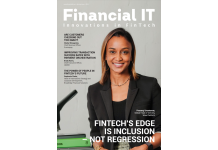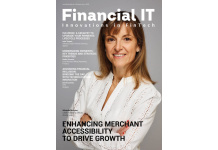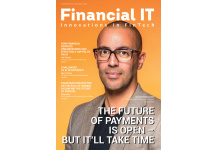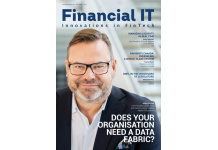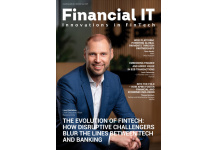March Issue 2018
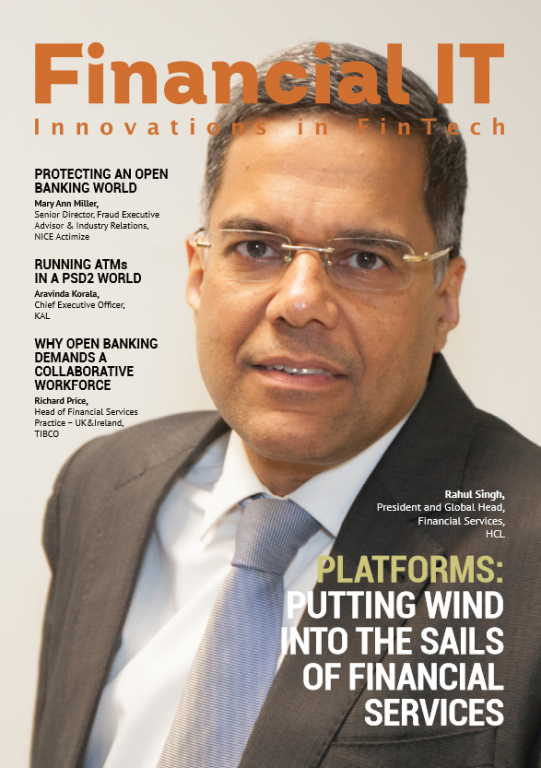
- 05 Mar, 2018 08:00 am
The Open Banking revolution…and how it could unfold
This March 2018 edition of Financial IT comes between two key dates. One is 13 January 2018, when the second Payments Services Directive (PSD2) came into effect in the European Union (EU). The other is 25 May 2018, when the EU’s General Data Protection Regulation (GDPR) will come into effect.
GDPR will reinforce PSD2 and, therefore, the opportunities from the world of Open Banking that are implied by PSD2. As one of our contributors writes, GDPR will enforce good behaviour by the incumbents and the new entrants to the new world of Open Banking that is envisaged by PSD2. GDPR will promote the trust that is essential to Open Banking.
The implication of this is that corporate managers within any financial institutions that are looking to do business in Europe no longer have to worry about how to put PSD2 into reality. PSD2 has arrived. For the first time, therefore, our contributors are able to consider how the revolution in Open Banking could unfold.
If the articles and interviews in this edition are any indication, the revolution will provide as many opportunities as challenges. One of our contributors, for instance, considers what could happen as a result of what he describes as ‘platformification’. Amazon is a platform for retailers; iTunes, for the streaming of music.
Thanks to PSD2 and Open Banking, something similar could happen at the intersection of financial services and IT. Open Banking allows third party software developers to extract data from partner banks and to deliver completely new digital services.
The Open Banking revolution means that it should not matter if banks do not ‘own’ their customers. Provided that they can work through new platforms, financial institutions can add value to the entire eco-system within which they operate. If they do so, they will thrive.
The Open Banking revolution will, therefore, have many beneficiaries. Those beneficiaries will undoubtedly include consumers, who will enjoy new products, improved services, lower (or zero) costs, seamless customer experience and greater transparency.
The changes which are underway in the Open Banking revolution are entirely consistent with the changes to financial markets which are envisaged by the EU’s latest Markets in Financial Instruments Directive (MiFID II), which came into effect in January 2018 and which is also touched upon in this edition of Financial IT.
Several of our contributors discuss the acceleration of commerce that is happening at the same time as, and in part because of, PSD2 and the Open Banking revolution. International trade should be boosted by the elimination of tedious and costly paper documentation that is described in one of the interviews in this edition of Financial IT.
Meanwhile, another contributor describes a future where retail transactions (and payments) happen seamlessly and instantly. In this future, there are no sales staff, no tills and no way for a customer to pay with cash.
Although PSD2, GDPR and MiFID II originate in the EU, the changes which they recognize and promote are global. One of our contributors explains why there will inevitably be a move towards Open Banking in North America.
It may be that 2018 is remembered as the year of Open Banking. This edition of Financial IT explains how the revolution could unfold.



